Explore Arusha - Tanzania Travel, Africa
Arusha, nestled at the base of Mount Meru in northern Tanzania, is the gateway to some of Africa's most iconic national parks, including the Serengeti and Ngorongoro Crater. Known as the "Safari Capital," this bustling city boasts a vibrant blend of cultures, with influences from indigenous African, Arab, and Indian communities that enrich its lively markets and diverse culinary scene. With its temperate climate, rich history, and dynamic population, Arusha is a must-visit destination for those looking to explore the heart of Tanzania's northern safari circuit.
Population: Estimate 700,000 people in 2024
Economy: Arusha's economy thrives on tourism, agriculture, and small-scale trade. As the gateway to major national parks like Serengeti and Kilimanjaro, it attracts safari-goers. Coffee and flower farming also contribute significantly to its local and export markets.
Landmarks: Famous for Mount Meru, Arusha National Park, and the Chemka Hot Springs.
Tanzania
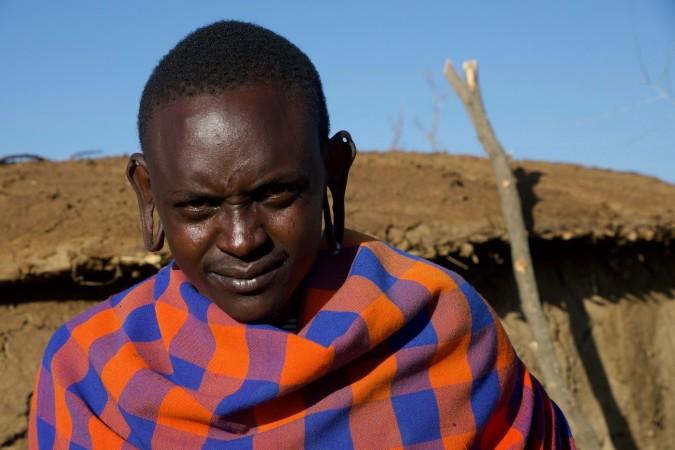
Overview of Arusha
History & Cultural Influence
Arusha was first settled in the 1830s by the agro-pastoral Arusha Maasai from Arusha Chini south of Mount Kilimanjaro. They traded goods like grains, honey, beer and tobacco with the pastoral Kisongo Maasai in exchange for livestock and dairy products. The city was conquered by the Germans in 1896 and was taken by the British in 1916 during World War I. Arusha is a multicultural city with a majority Tanzanian population of mixed indigenous African, Arab-Tanzanian and Indian-Tanzanian backgrounds.
Interaction with The Locals
Arusha is home to around 700,000 people from a variety of ethnic groupings, including the Maasai, Meru, Chaga, and other indigenous populations. The people of Arusha are well-known for their warm friendliness and strong cultural traditions. Most citizens speak Swahili as the national language, while English is also widely used, especially in business and tourism. The local economy thrives on agriculture, tourism, and small-scale trade, with many locals actively involved in the city's bustling markets and cultural activities.
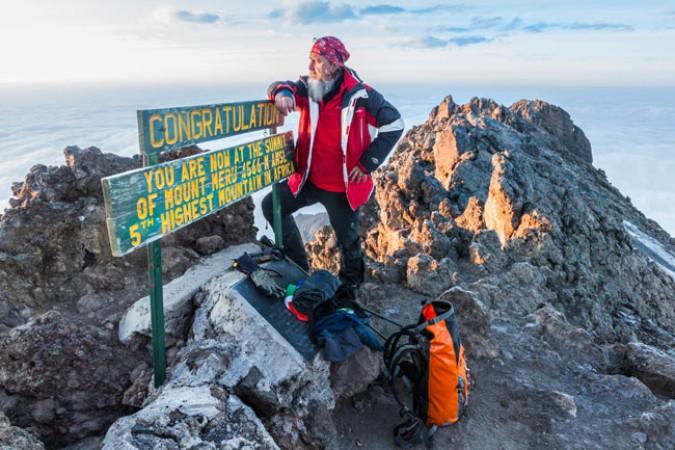
Mount Meru - © Tarangire National Park
Top Attractions in Arusha
Arusha National Park
Arusha National Park is a gem of biodiversity, showcasing the stunning landscapes of Mount Meru, Ngurdoto Crater, and the picturesque Momella Lakes. Whether you're up for a canoeing adventure on the lakes, a game drive through the park, or a guided nature walk, you'll have plenty of chances to spot wildlife like elephants, zebras, buffaloes, and even elusive leopards. It’s also a bird watcher’s paradise with over 400 species to admire.
Arusha Declaration Museum
For those fascinated by history, the Arusha Declaration Museum offers a compelling dive into Tanzania's political past. The museum focuses on the 1967 Arusha Declaration, a landmark moment when President Julius Nyerere set the course for Tanzania’s socialist vision. Exhibits detail the country’s struggle for independence, making this a must-visit for anyone interested in the country’s heritage and political evolution.
Chemka Hot Springs (Kikuletwa Hot Springs)
Nestled in the midst of lush greenery, Chemka Hot Springs is a tranquil retreat with crystal-clear turquoise waters perfect for a refreshing swim. The serene surroundings make it an ideal spot for relaxation and picnics, and the warm, mineral-rich waters provide a soothing escape. Whether you're looking for a peaceful day in nature or a quick getaway from the city, Chemka Hot Springs offers a refreshing break.
Mount Meru
Towering above the landscape, Mount Meru is Tanzania’s second-highest peak after Kilimanjaro. This challenging trek, which takes 3-4 days, is not only about the climb but also the incredible wildlife you’ll encounter along the way. Even on the first day, hikers can spot buffaloes, giraffes, and colobus monkeys. The trek rewards adventurers with breathtaking views, especially at sunrise, making it a must-do for nature lovers and hiking enthusiasts.
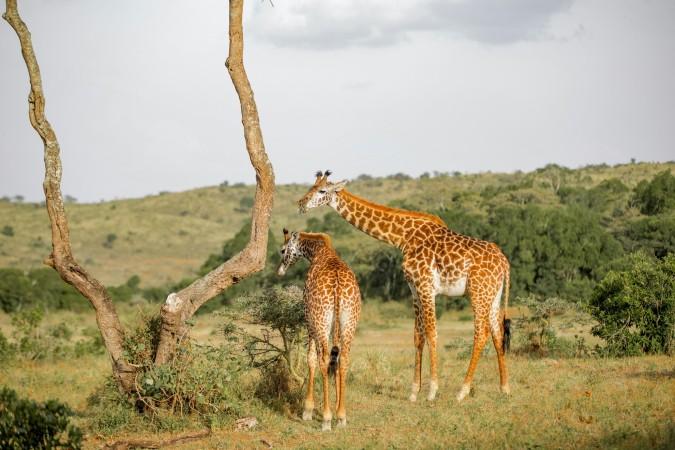
Arusha National Park - © Moses Londo
Must-Try Dishes in Arusha
When visiting Arusha, don't miss the aromatic Pilau or the comforting Wali Maharagwe that showcase the region's agricultural bounty. These dishes provide a delicious introduction to Arusha's rich culinary traditions.
- Nyama Choma: Translated to "grilled meat," this is one of the most beloved dishes in Tanzania, particularly in Arusha. The marinated goat or beef, the meat is expertly grilled over an open flame, giving it a smoky, flavorful finish. It’s typically served with ugali (a maize-based porridge) and kachumbari, a fresh tomato and onion salad.
- Ugali: Ugali is the foundation of many Tanzanian meals. Made from maize flour and water, it has a dense, dough-like texture that pairs perfectly with a variety of meats, vegetables, and sauces.
- Pilau: Fragrant and packed with flavor, pilau is a rice dish that’s spiced with cumin, cardamom, cloves, and more. Influenced by Swahili cuisine, it’s commonly prepared with beef or chicken and often mixed with vegetables and served during celebrations.
- Wali Maharagwe: Wali Maharagwe, or rice with beans, is a hearty and nourishing dish that’s frequently cooked with coconut milk and spices. Often served with a side of meat or vegetables, it provides a well-balanced and delicious meal that’s both comforting and flavorful.
- Samaki: Samaki, meaning "fish," is a favorite dish in Tanzania. The fish is seasoned and fried to crispy perfection, often accompanied by a spicy sauce and served with ugali or rice. It’s a dish that reflects the importance of fishing in Tanzanian culture, especially around Lake Victoria, where fresh fish is abundant.v

Nyama Choma - © shop africa usa
Festivals & Local Celebrations
Karibu Travel and Tourism Fair
The Karibu Travel and Tourism Fair, held annually in Arusha, is one of East Africa’s most significant events for showcasing the region’s tourism and cultural offerings. At the fair, you can explore a wide range of traditional Tanzanian items, including crafts, wines, precious stones, and safari gear. Enjoy cultural performances, connect with local artisans, and discover the diverse tourism opportunities in Tanzania. This event is also a key networking platform for industry professionals, promoting sustainable tourism practices.
Wanyambo Festival
The Wanyambo Festival is a vibrant celebration of the rich cultural heritage of Tanzania’s various ethnic groups, particularly those from the northern regions. Immerse yourself in the lively atmosphere of August with traditional music, dance, and food, as you experience the colorful attire and local delicacies that highlight Tanzanian identity.
Kilimanjaro Marathon
Held in nearby Moshi in February, the Kilimanjaro Marathon is more than just a sporting event—it’s a celebration of fitness and community spirit. Attracting participants from around the world, including locals from Arusha, the marathon offers a festive atmosphere with music, food stalls, and cultural displays, making it an exciting event whether you’re running or spectating.
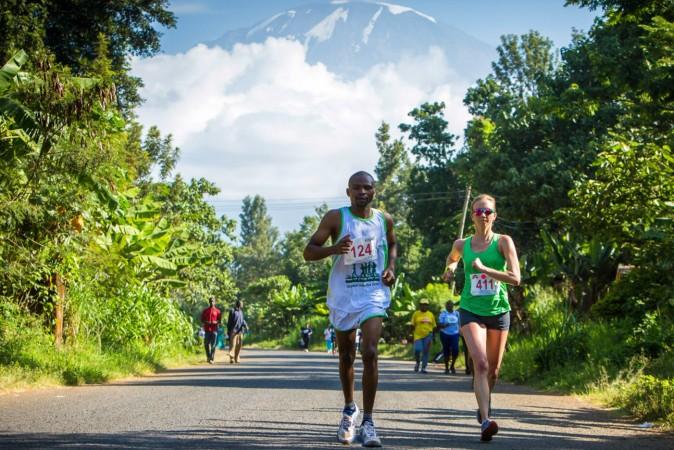
Kilimanjaro Marathon - © Kilimanjaro National Park
What to Do in Arusha
- Safari Excursions: One of the main reasons travelers flock to Arusha is to embark on unforgettable safari experiences. You can access the world-renowned Serengeti National Park and Ngorongoro Crater for game drives, where you’ll have the chance to spot the Big Five (lion, elephant, buffalo, leopard, and rhino). For those seeking a closer adventure, Arusha National Park offers shorter, yet equally captivating wildlife tours, including the chance to hike Mount Meru and witness spectacular views of Mount Kilimanjaro.
- Hiking and Trekking: If you're into hiking, Arusha offers various trekking trails. You can conquer Mount Meru, the fifth-highest peak in Africa, or begin your expedition to Mount Kilimanjaro, the tallest in Africa, from nearby starting points. Both provide a mix of lush forests, wildlife sightings, and stunning vistas, making them popular among outdoor enthusiasts.
- Coffee Tours: Arusha is surrounded by coffee plantations, making it a perfect place for coffee lovers. You can tour local farms, learn about the coffee production process, and enjoy a fresh cup of Tanzanian coffee straight from the source.
- Walking Tours: Explore Arusha city on foot with guided walking tours that take you through markets, historic sites, and local parks. You can visit landmarks such as the Arusha Clock Tower or unwind in the peaceful surroundings of Lake Duluti.
Shopping in Arusha
- Arusha Local Markets: For an authentic shopping experience, head to Central Market, where you can find everything from fresh produce to vibrant Maasai blankets, jewelry, and handcrafted items. The market is bustling and lively, making it a great place to experience the daily life of Arusha’s residents.
- Maasai Handicraft Stores: One of the highlights of shopping in Arusha is the opportunity to purchase Maasai handicrafts. From intricate beaded jewelry to traditional shukas (colorful clothes worn by Maasai people), these items are not only beautiful but also representative of Tanzania's rich cultural heritage.
- Tanzanite Gemstone Stores: Tanzanite, a rare gemstone found only in Tanzania, is a must-buy for those looking for a special souvenir. You can find authentic Tanzanite jewelry at the Cultural Heritage Centre and other reputable shops in the city.
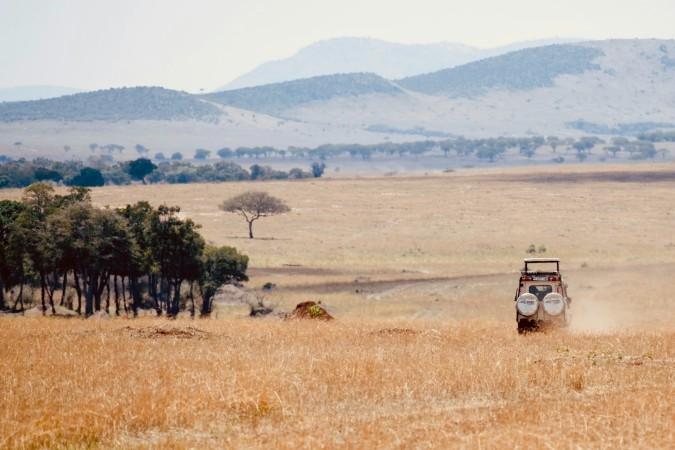
Safari Excursions in Serengeti National Park - © ray rui
Weather in Arusha: Best Time to Visit
Arusha, Tanzania, enjoys a subtropical highland climate with distinct wet and dry seasons, thanks to its elevation of about 1,400 meters (4,600 feet). Despite its proximity to the equator, the city experiences moderate temperatures year-round.
Average Temperatures
Throughout the year, Arusha’s temperatures vary:
- January to March: Expect daytime highs between 27°C and 29°C (81°F to 84°F), with cooler nights around 10°C to 11°C (50°F to 52°F).
- April to May: As temperatures begin to cool, highs range from 22°C to 25°C (72°F to 77°F), with nighttime lows of 11°C to 13°C (52°F to 55°F). April is the wettest month.
- June to August: This is the coolest period, with average highs of 20°C to 22°C (68°F to 72°F) and lows dipping to 8°C to 10°C (46°F to 50°F), with July typically being the coldest month.
- September to December: Temperatures rise again, with highs reaching 26°C to 29°C (79°F to 84°F) and lows from 10°C to 13°C (50°F to 55°F).
Best Time to Travel
The ideal time to visit Arusha is during the dry seasons, particularly from June to September and January to February. These months offer pleasant weather, perfect for outdoor activities like safaris and hiking. If you’re traveling during June to August, be prepared for cooler evenings and early mornings.
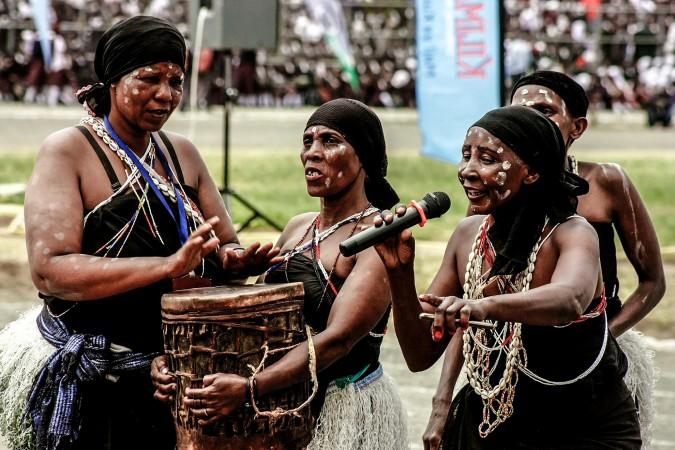
Explore Tanzania's culture with the locals - © fine shot
Essential Travel Information
Getting Around Arusha
- Arusha Airport (ARK): Arusha Airport is the primary airport serving the city, mainly handling domestic flights. The best ways to get from the airport to the city include:
- Dala-Dalas: These are shared minibuses that operate on set routes throughout the city and to nearby areas. They are a cost-effective way to travel but can be crowded and may not adhere to strict schedules.
- Buses: Larger buses connect Arusha with other major cities and tourist destinations. They are generally more comfortable than dala-dalas but may require advance booking during peak travel seasons.
- Taxis: Metered taxis are available throughout Arusha, but it's advisable to agree on a fare before starting your journey, as many taxis do not use meters.
ATM and Banking Services
ATMs are conveniently located at the airport and throughout Arusha, especially in shopping centers, allowing easy access for travelers. Most ATMs accept cards with Visa or Mastercard logos and have a withdrawal limit of Tzs 400,000 per transaction. Currency exchange is now limited to local banks and post offices, following recent regulations that closed exchange bureaus in the city, though currency can still be exchanged at the airport. Banking services are generally available from Monday to Friday, with limited hours on Saturdays, while some banks offer 24-hour services for added convenience.
Where to Stay in Arusha
- Luxury Lodges and Resorts: These accommodations often feature spacious rooms with private terraces, stunning views of Mount Meru, and personalized services such as spa treatments, fine dining, and guided safari tours.
- Mid-Range Hotels: If you’re looking for comfort without the extravagance, mid-range hotels in Arusha offer excellent services at a reasonable price. These hotels often include amenities like on-site restaurants, swimming pools, and shuttle services to nearby attractions.
- Budget Guesthouses: For travelers on a tight budget, Arusha also has several guesthouses and hostels that provide simple, clean accommodations at an affordable price. Despite the lower cost, many guesthouses offer a warm, welcoming environment with communal areas.
- Safari Camps: For an immersive wildlife experience, safari lodges and camps around Arusha are a unique option. These lodges offer a blend of rustic charm and modern comfort, often situated within or near national parks. Staying at a safari lodge or camp allows you to wake up to the sounds of nature, enjoy guided game drives, and experience Tanzania’s incredible wildlife right at your doorstep.
Des articles pour vous
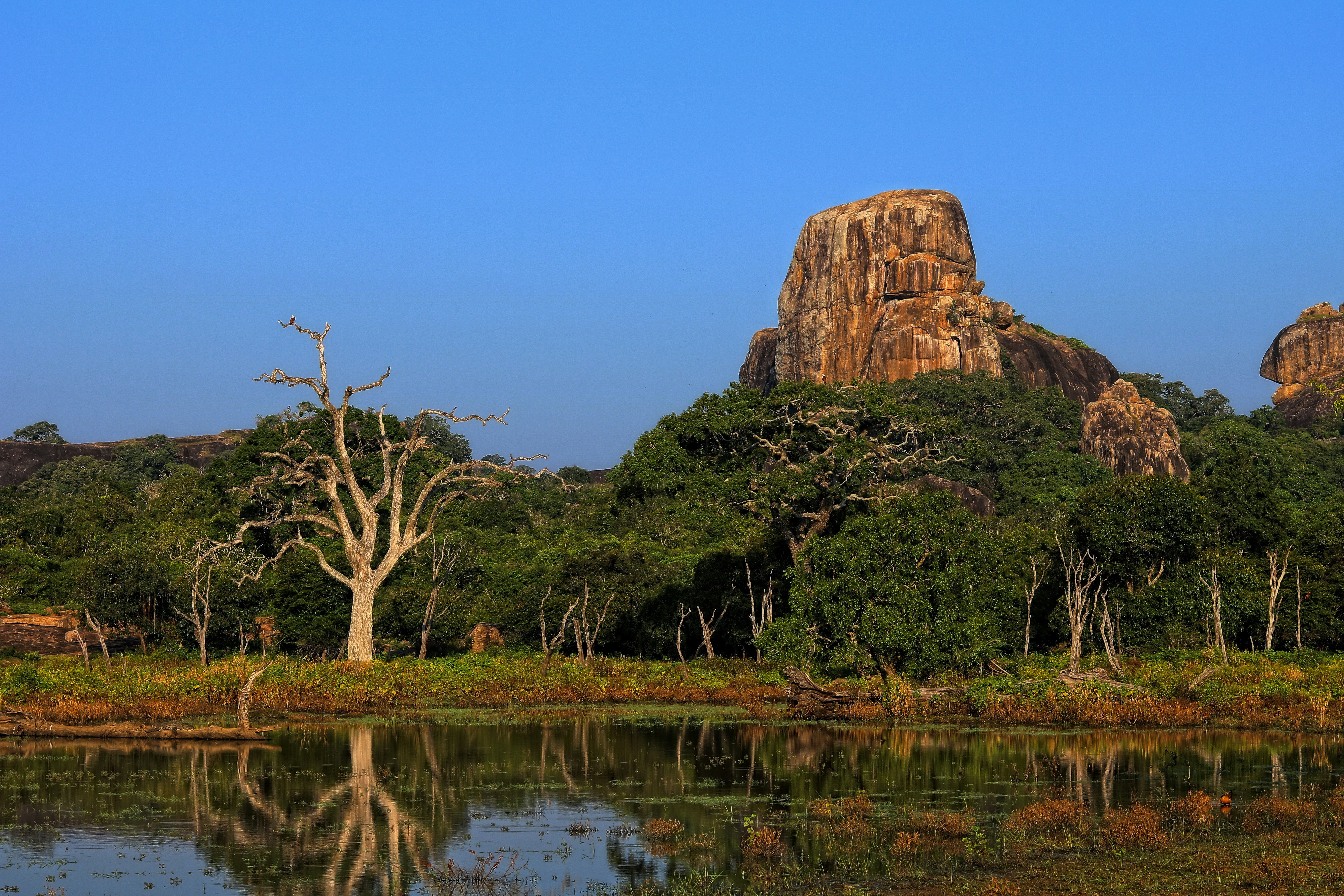
Explore Yala National Park - Sri Lanka Travel, Asia
Tucked away in Sri Lanka’s southeastern corner, Yala National Park is where wild nature meets deep tradition. Known worldwide for its leopard population, the park is also home to elephants, sloth bears, crocodiles, and hundreds of bird species. Beyond wildlife, Yala opens doors to a cultural landscape dotted with ancient temples, Buddhist ruins, and coastal villages. For travelers seeking more than just a safari, Yala offers a chance to explore eco-tourism, local communities, and sacred heritage sites.
Population: The Yala National Park area doesn’t have a human population.
Economy: The economy around Yala National Park thrives on a blend of eco-tourism, agriculture, and local services. Safari tours, eco-lodges, and cultural experiences drive steady income for nearby towns like Tissamaharama and Kataragama, supporting thousands of families.
Landmarks: Famous for Block I of Yala and wildlife encounters, including elephants, sloth bears, crocodiles, and exotic bird species.

Explore Galle - Sri Lanka Travel, Asia
Nestled on Sri Lanka’s southern coastline, Galle is a vibrant city where history meets the sea. Its cobbled streets, colonial architecture, and serene beaches make it a must-visit destination for travelers seeking a blend of culture, adventure, and relaxation. A UNESCO World Heritage site, Galle captivates visitors with its Dutch Fort, bustling markets, and friendly locals. Whether you’re exploring the ramparts at sunset or savoring fresh seafood by the shore, Galle promises an unforgettable journey into Sri Lanka’s heritage.
Population: Approximately 113,000 in 2023.
Economy: Galle’s economy thrives on tourism, trade, and fisheries. The city’s historic fort, colonial architecture, and coastal charm draw thousands of international visitors each year, making tourism its main economic driver. Fishing remains vital for local livelihoods, supplying fresh seafood across the region.
Landmarks: Famous for the Galle Fort, Dutch Reformed Church & Maritime Museum, and Unawatuna Beach.
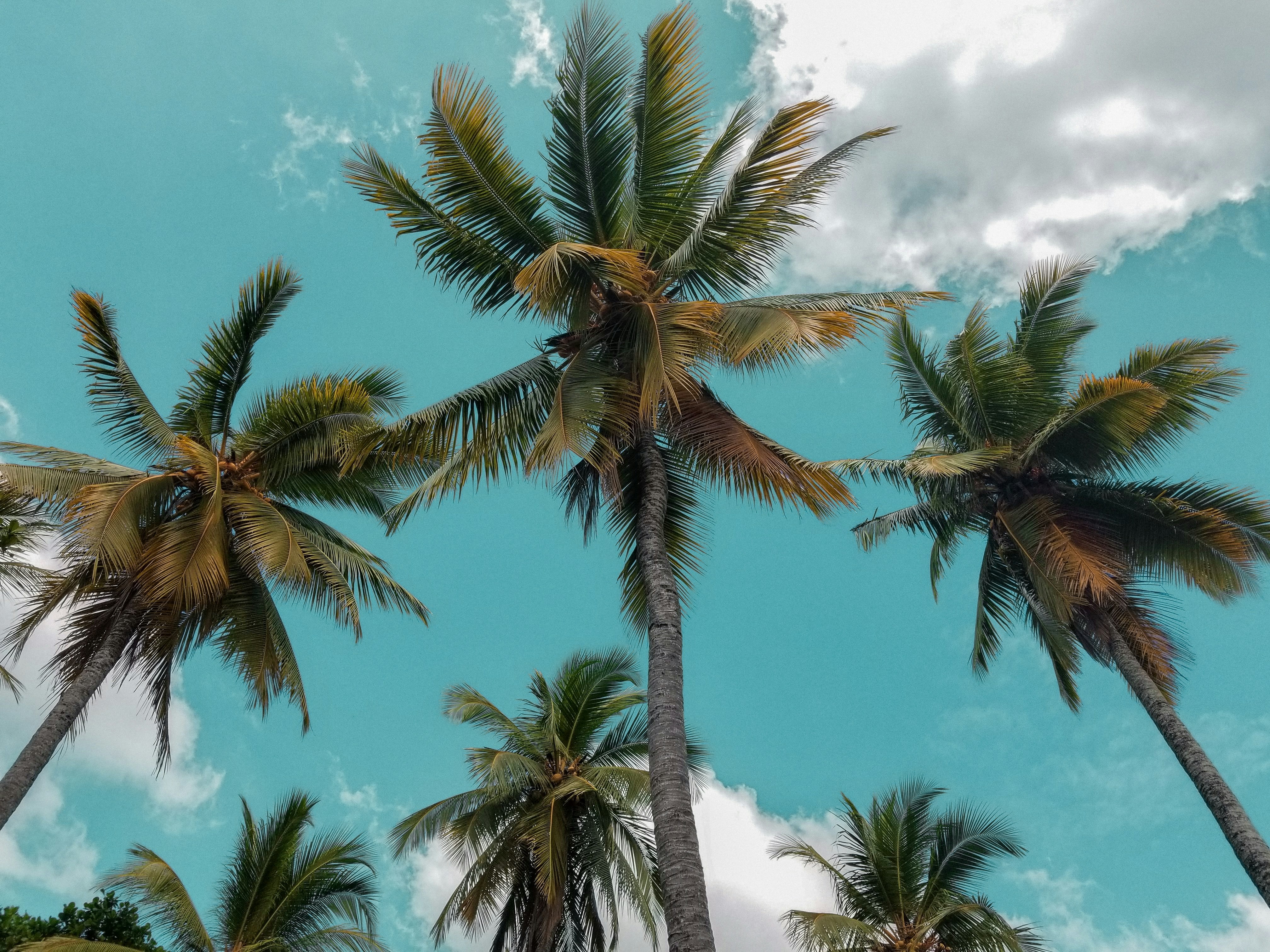
Explore Bentota - Sri Lanka Travel, Asia
Nestled along Sri Lanka’s southwestern coast, Bentota is a tropical paradise that blends golden beaches, vibrant culture, and thrilling adventures. Famous for its calm waters, luxury resorts, and scenic river estuary, Bentota has become a top destination for travelers seeking both relaxation and authentic experiences. From serene beach walks at sunrise to adrenaline-pumping water sports, this coastal town offers a perfect balance of leisure and exploration. With its proximity to Colombo and Galle, Bentota is easy to reach, making it an ideal stop for both short escapes and extended holidays.
Population: Approximately 37,000 in 2023.
Economy: Bentota’s economy thrives mainly on tourism, which drives local businesses such as hotels, restaurants, and wellness retreats. The town also benefits from fishing, coconut cultivation, and handicrafts like wood carving and batik textiles. Many residents rely on the growing demand for water sports and Ayurvedic treatments, making tourism the backbone of both income and employment in the area.
Landmarks: Famous for Bentota Beach, Bentota River Safari, and Kande Vihara Temple.

Explore Mirissa - Sri Lanka Travel, Asia
Mirissa is a charming coastal town on Sri Lanka’s southern shoreline. Known for its golden beaches, turquoise waters, and vibrant marine life, it has become a must-visit stop for travelers exploring the island. Many come for whale watching, surfing, and sunset views at Coconut Tree Hill, but Mirissa offers much more than postcard beauty. The fishing boats you see anchored by the bay carry generations of stories. Local traditions, delicious cuisine, and a laid-back rhythm of life shape every visitor’s experience.
Population: Approximately 4,700 in 2023.
Economy: Mirissa’s economy is largely shaped by its coastal location. Fishing has long been the backbone of local livelihoods, with generations relying on the Indian Ocean for income. In recent decades, tourism has become the main driver of growth, thanks to whale watching, surfing, and beachside hospitality.
Landmarks: Famous for Mirissa Beach, Coconut Tree Hill, and Parrot Rock Bridge.
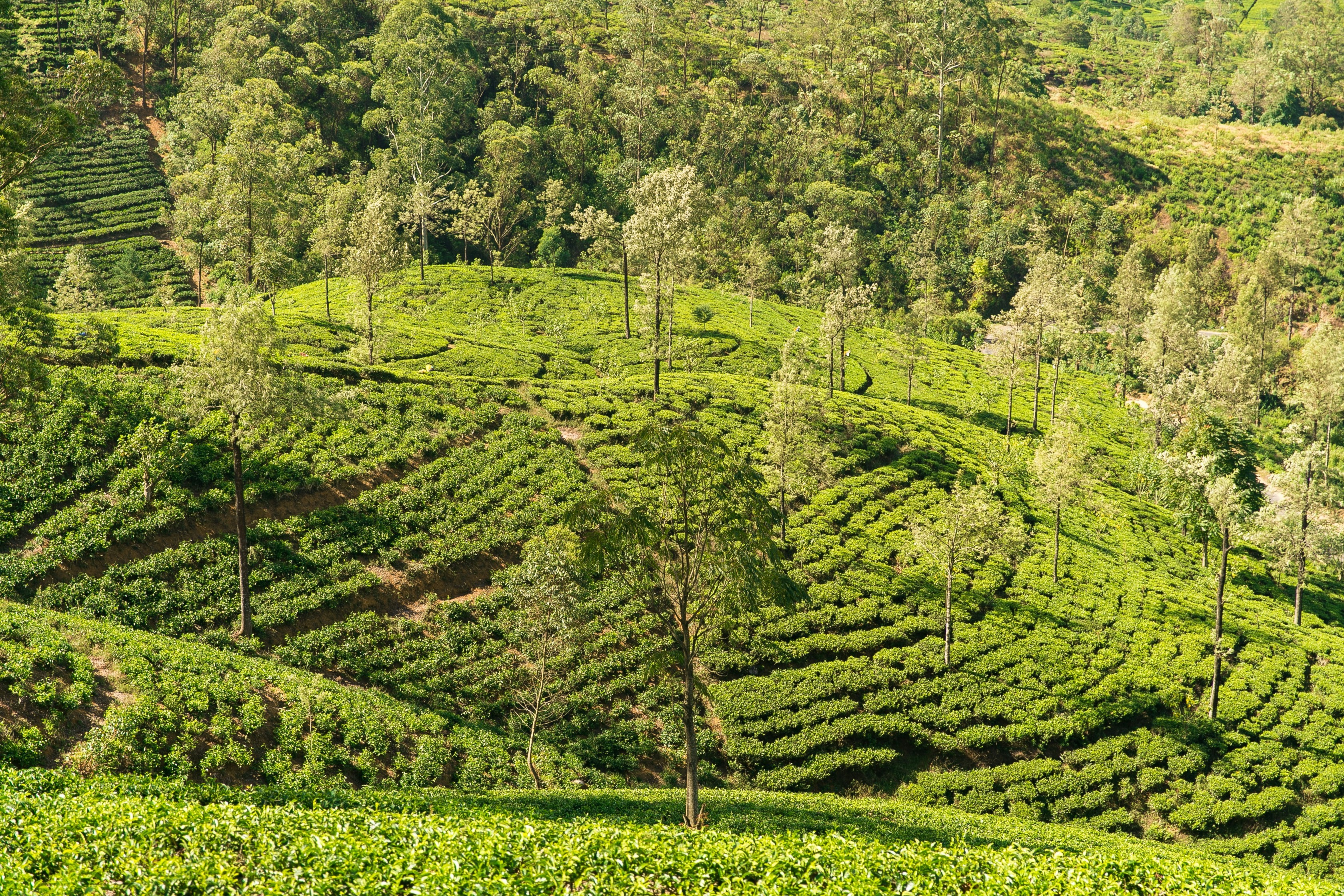
Explore Nuwara Eliya - Sri Lanka Travel, Asia
Tucked away in the Central Highlands of Sri Lanka, Nuwara Eliya is often called “Little England”. With its rolling tea plantations, cool misty mornings, and colonial charm, this mountain town feels like a step into another world. Travelers come here to breathe fresh air, walk through flower gardens, sip the finest Ceylon Tea, and enjoy a pace of life far from the island’s busy cities. Whether you’re drawn by scenic landscapes, heritage architecture, or the warmth of its people, Nuwara Eliya is a destination that blends nature, culture, and history in perfect harmony.
Population: Approximately 781,000 in 2023.
Economy: Nuwara Eliya’s economy thrives mainly on tea production, as it sits in the heart of Sri Lanka’s central highlands, famous worldwide for Ceylon Tea. The city also benefits from a growing tourism industry, attracting visitors with its colonial charm, cool climate, and scenic landscapes.
Landmarks: Famous for Gregory Lake, Hakgala Botanical Garden, and Victoria Park.
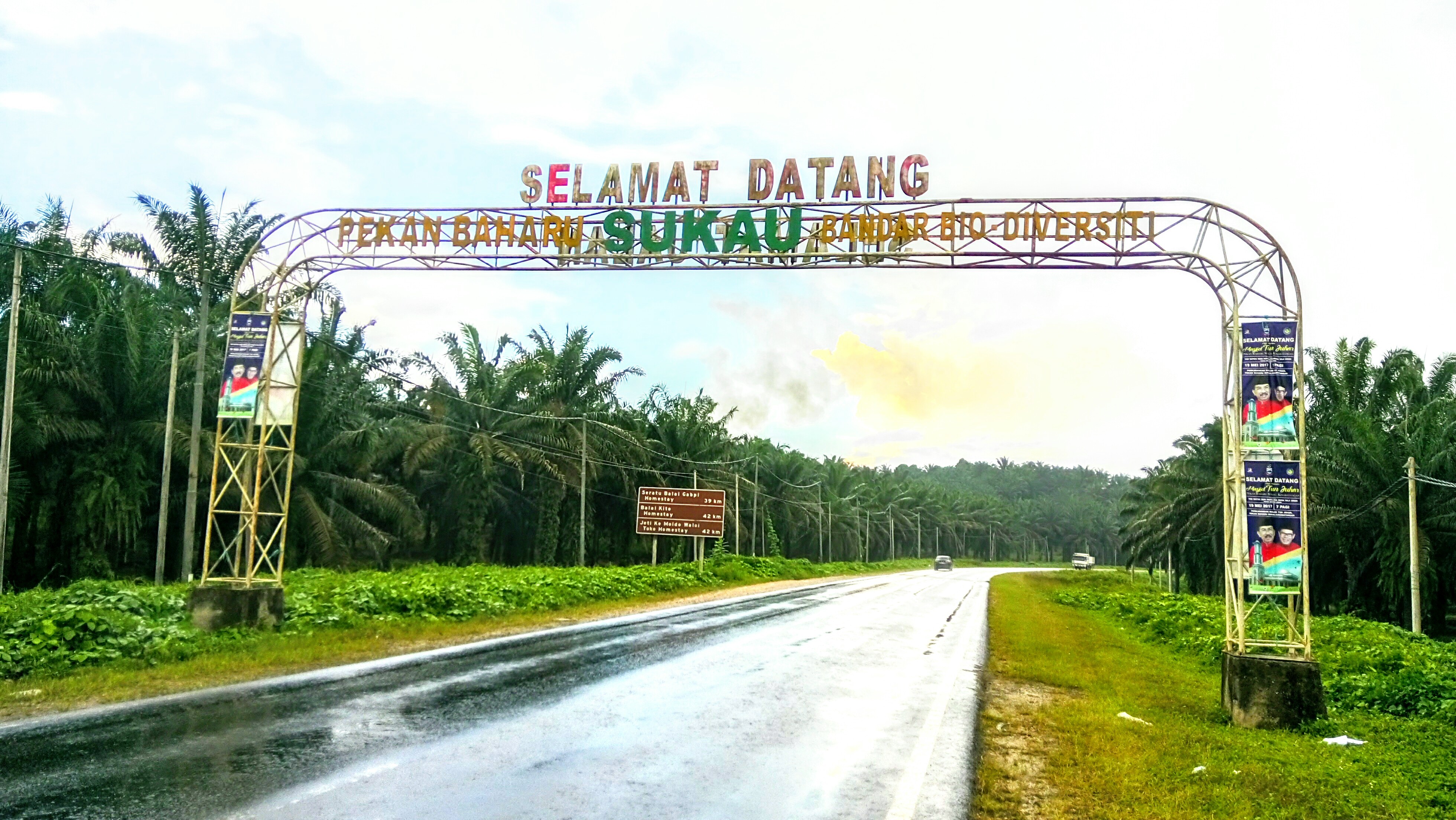
Explore Sukau - Malaysia Travel, Asia
Nestled on the banks of the Kinabatangan River in Sabah, Malaysian Borneo, Sukau is a destination where wildlife, culture, and conservation come together. Known as one of Asia’s top spots for river safaris and eco-tourism, this quiet village offers a front-row seat to encounters with Bornean orangutans, pygmy elephants, proboscis monkeys, and exotic birdlife.
Population: Approximately 1,400 in 2019.
Economy: Sukau’s economy is shaped by its riverine location and natural resources. Traditionally, the Orang Sungai community relied on fishing, small-scale farming, and forest gathering for their livelihood. Today, the village has shifted toward eco-tourism, with river cruises, jungle trekking, and homestays providing income.
Landmarks: Famous for the Kinabatangan River cruises, Gomantong Caves, and Ox-bow lakes and wetlands.
